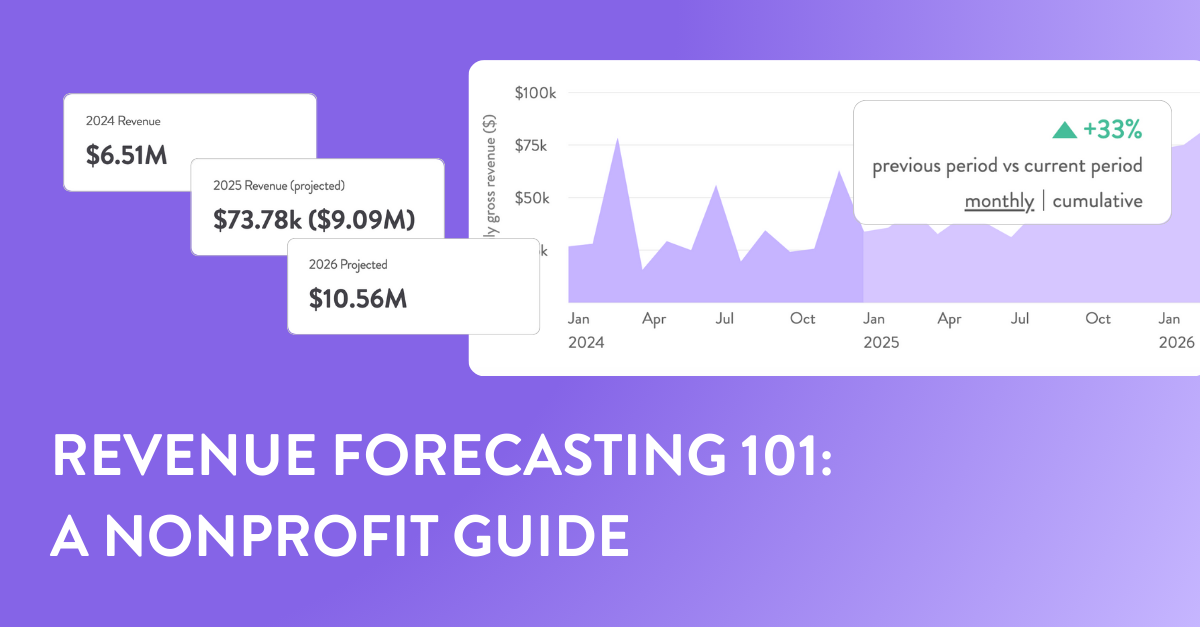
Why machine learning is the best segmentation
Tim Paris –
Why do you need segmentation?
There is a well known challenge in fundraising that we like to call the “Fundraiser’s Dilemma”. You will be familiar with it if you run large-scale fundraising campaigns such as mail appeals. In most appeals if you contact more donors you receive more gifts, but you also increase your costs and lower your ROI . Here’s the dilemma: if you don’t contact enough donors you miss out on gifts. But if you contact too many donors you waste money (not to mention trees). Sound familiar?
Segmentation is the classic solution to this problem. In segmentation, a subset of donors are selected based on a handful of rules or characteristics. For example:
- Recent Givers: Donors who have given a gift in the past 12 months
- Frequent Givers: Donors who have given more than 2 gifts in the past 2 years
- High Value Givers: Donors who have given more than $100 in the past 2 years
This is an example of RFM (or RFV) segmentation (read our how-to guide here), where your segments are based on the Recency, Frequency and Monetary Value of giving.
By using segmentation in this way, you have reduced the size of your campaign to a manageable number, but how do you know you have selected the “right” donors for this appeal?
The problem with classic segmentation
Take a look at the segments listed above. They are very broad. Each of those segments (for example, Recent Givers), could include hundreds or thousands of donors, each with their own unique donor journey. For example, in addition to the recency, frequency and value of gifts that a donor has given, there’s a lot of other information that might be important, such as:
- A donor’s age, gender, and location
- How many emails, phone calls and mail outs they have received previously
- What time of year they like to give
- Whether they give to other programs (Recurring Giving, Peer-to-Peer, Events etc)
- How you acquired them to begin with
- Many many more…
Can you add these additional data points to your segmentation? Which ones should you start with? You might have a gut intuition, or you might even analyse results of previous campaigns to put some data to it. But both intuition and these historical analyses are based on what those donors did in the past and only look at them as part of a segment.
A better way to select donors for an appeal is to ask: Which donors are the most likely to give in the future?
The machine learning difference
Machine learning, as opposed to segmentation, allows you to make decisions based on what the donor is likely to do in the future, not just what they have done in the past. Critically, you can also look at each donor as an individual. Here are two simple examples.
Imagine a donor who gives to every Christmas appeal. A very simple pattern. Using RFM they will be placed in the “Active” segment, even when it is nowhere near Christmas time. With machine learning, this donor will have a very low predictive score at other times of year but a very high predictive score at Christmas. So for a non-Christmas campaign you know they will be unlikely to give and you can save money by removing them from the appeal.
Now let’s imagine a donor who has not given for more than 5 years. They are lapsed and would not be included in your segmentation. However you also know this donor has recently signed up to an event and supported a friend in a Peer-to-Peer campaign. With machine learning, this donor may now have a much higher predictive score. They are more engaged and may be more likely to give. If you don’t include them in the appeal, you could miss out on a likely donation.
Of course, in real life these patterns are likely to be much more complex. But from these examples you can easily see how machine learning can solve the “Fundraiser’s Dilemma” in a much more accurate fashion. By targeting those donors who are more likely to give, regardless of what ‘segment’ the fall into, you can make sure you don’t miss out on gifts and that you don’t waste resources mailing those who won’t give.
Dataro has shown many times that fundraising campaigns run using predictions, not segments, yield higher ROIs, cost less, and return more dollars for the charity to support an important cause. Which is what fundraising is all about, right?




